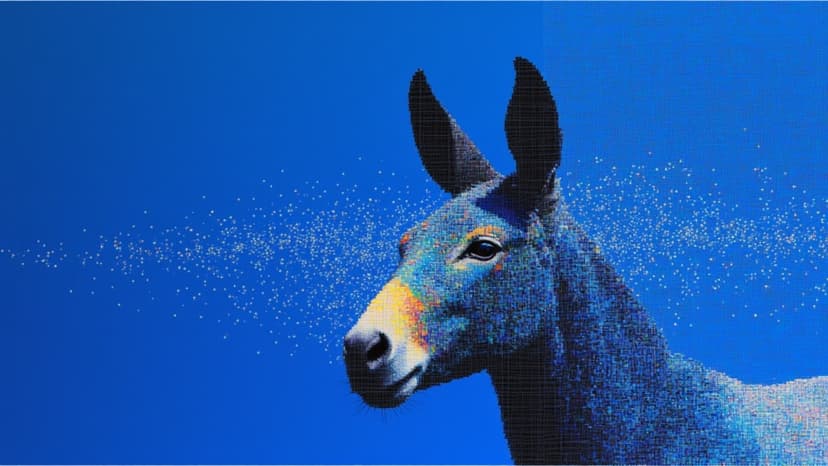Professional 3D assets can now be generated in seconds using text-to-3D AI, eliminating years of required training while maintaining production-ready quality.
The Technology Behind 3D Generation
Text to 3D model AI is fundamentally reshaping how creators, developers, and enterprises approach 3D content creation. While attention has focused on image and video generation, a parallel revolution in 3D modeling has quietly matured into something far more practical. The technology has moved beyond proof-of-concept into reliable production infrastructure, capable of generating geometrically sound, professionally textured assets from natural language descriptions.
Modern text to 3D model AI systems interpret natural language prompts and generate fully-realized 3D objects complete with geometrically sound mesh structures, physically accurate textures with proper UV mapping, multiple levels of detail, and clean topology compatible with traditional 3D software. What previously required mastering complex applications like Blender or Maya, understanding UV unwrapping, normal mapping, and PBR workflows can now happen in under five minutes without any 3D modeling experience.
The economics tell the story: text to 3D model AI generates comparable results in minutes, at a fraction of the cost. For studios producing hundreds or thousands of assets, this represents a complete paradigm shift.
How Text-to-3D AI Actually Works
Generative AI for 3D represents one of the most sophisticated applications of machine learning. Unlike 2D image generation operating on a flat plane, 3D model generation requires understanding spatial relationships, geometric constraints, and how objects exist from infinite viewing angles.
The technology operates through a four-stage pipeline:
Stage 1: Semantic Understanding
Advanced transformer models parse prompts like "art deco table lamp with brass finish and frosted glass shade," identifying primary objects and hierarchical relationships, material properties and surface characteristics, style markers and design language, and functional components.
Stage 2: 3D Geometry Synthesis
The system constructs underlying three-dimensional mesh structures using Signed Distance Function (SDF) networks that define volumetric shape, neural radiance fields (NeRF)1 that capture appearance from any viewpoint, and mesh optimization algorithms that convert implicit representations into explicit polygon meshes.
Stage 3: Texture and Material Generation
With base geometry established, the AI applies photorealistic textures including PBR (Physically-Based Rendering) texture maps with albedo, metallic, roughness, and normal maps; procedural texture synthesis ensuring seamless high-resolution detail; and context-aware material assignment based on semantic understanding.
Stage 4: Optimization and Export
The final stage prepares models for practical use through topology optimization, UV unwrapping for proper texture mapping, LOD (Level of Detail) generation, and format conversion to industry-standard formats (FBX, OBJ, GLTF, USD).
What makes this possible? Massive training datasets containing millions of 3D models, combined with transformer architectures specifically adapted for spatial reasoning. These models learn not just what objects look like, but how they're structured, how materials behave, and how components relate in three-dimensional space.
falMODEL APIs
The fastest, cheapest and most reliable way to run genAI models. 1 API, 100s of models
The Image to 3D Model Workflow
The most effective approach to 3D generation combines image to 3D model conversion with text-based refinement, leveraging the strengths of both technologies through a strategic three-phase process:
Phase 1: High-Fidelity Reference Generation
Start by generating detailed reference images using state-of-the-art image generation models. Advanced depth-aware image generation creates visuals with embedded spatial information that dramatically improves 3D reconstruction accuracy.
Generate multiple views: front elevation showing primary features, three-quarter view revealing dimensional depth, and detail shots of specific components.
Phase 2: Intelligent 3D Reconstruction
Modern image to 3D model systems employ monocular depth estimation to infer 3D structure from single images, multi-view stereo reconstruction when multiple angles are available, neural implicit representations creating smooth continuous surfaces, and texture projection and completion filling areas not visible in source images.
Phase 3: Text-Guided Refinement
Once you have a base 3D model, use text prompts to refine specific aspects: "Add weathering and wear to metal surfaces," "Increase geometric detail on decorative elements," "Modify proportions to be 20% more elongated," or "Change material from wood to polished marble."
This hybrid approach outperforms pure text-to-3D because 2D image generation has had more development time and larger training datasets, resulting in better geometry, more accurate proportions, and superior detail preservation.
Mastering 3D Prompts
The quality of generated 3D models depends entirely on prompt effectiveness. Unlike 2D image prompts where composition and aesthetics dominate, text to 3D model AI prompts need to convey spatial information, structural relationships, and material properties with precision.
Core Object Definition: Be specific about the fundamental item. "Eames-style lounge chair with molded plywood shell and leather upholstery" beats "chair."
Geometric and Structural Details: Describe form, proportions, and architectural elements. "Five-story modernist building with cantilevered upper floors, floor-to-ceiling glass curtain walls, and exposed concrete structural columns" trumps "modern building."
Material Specifications: Materials fundamentally affect how 3D models look and render. "Humanoid robot with brushed titanium chassis, matte black carbon fiber panels, transparent polycarbonate dome revealing internal mechanisms, and anodized aluminum joint assemblies" outperforms "metal robot."
Functional Elements: Describe moving parts, joints, connections. "Six-axis robotic arm with rotary shoulder joint, dual-axis elbow, spherical wrist joint, hydraulic actuators visible at each articulation point" beats "mechanical arm."
For complex tasks, multiconditioning capabilities allow combining text prompts with reference images for even greater control.
Why Infrastructure Speed Changes Everything
Traditional 3D generation faces a critical bottleneck: processing time. Many platforms require 10-30 minutes per model. This constrains creative exploration. Professional 3D artists iterate constantly: generate, evaluate, refine, regenerate. When each iteration takes 20 minutes, you might manage three attempts in an hour.
When generative AI platforms optimize inference pipelines properly, what takes competitors 15-20 minutes can happen in seconds. Advanced context-aware generation systems enable multi-modal workflows that combine text prompts, reference images, depth maps, and style guides for surgical precision throughout the generation process.
Production-grade infrastructure delivers predictable latency, consistent quality across thousands of generations, and scalable throughput from single assets to batch processing hundreds. For enterprise-scale applications, specialized enterprise solutions provide the stability and scalability needed for mission-critical workflows.
Recently Added
Building the Future of 3D Creation
The convergence of text to 3D model AI and image to 3D model technologies represents a fundamental shift in digital creation. What once required specialized expertise, expensive software licenses, and weeks of production time now happens in minutes through natural language and reference images.
The difference between experimenting with 3D generation and building production workflows comes down to speed, reliability, and scale. When you can iterate in seconds instead of minutes, when you can process hundreds of models with predictable quality, when your creative vision isn't constrained by processing bottlenecks, generative AI transforms from impressive technology to essential infrastructure.
For teams implementing sophisticated 3D generation pipelines, differential diffusion techniques provide unprecedented control over the generation process, allowing fine-grained adjustments previously impossible with traditional methods.
Whether you're generating single hero assets or building systems that produce thousands of models, fal gives you the speed, control, and reliability that turns generative AI from potential into reality.
References
-
NeRF: Neural Radiance Fields. Mildenhall, B., et al. "NeRF: Representing Scenes as Neural Radiance Fields for View Synthesis." ECCV 2020. https://www.matthewtancik.com/nerf ↩

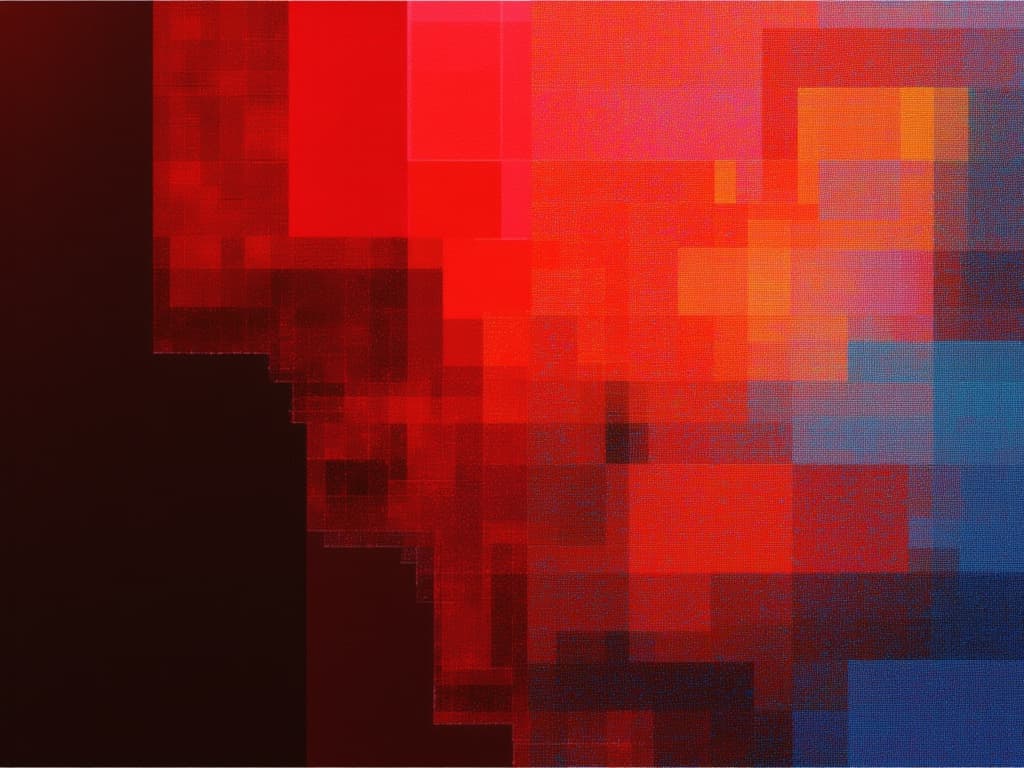
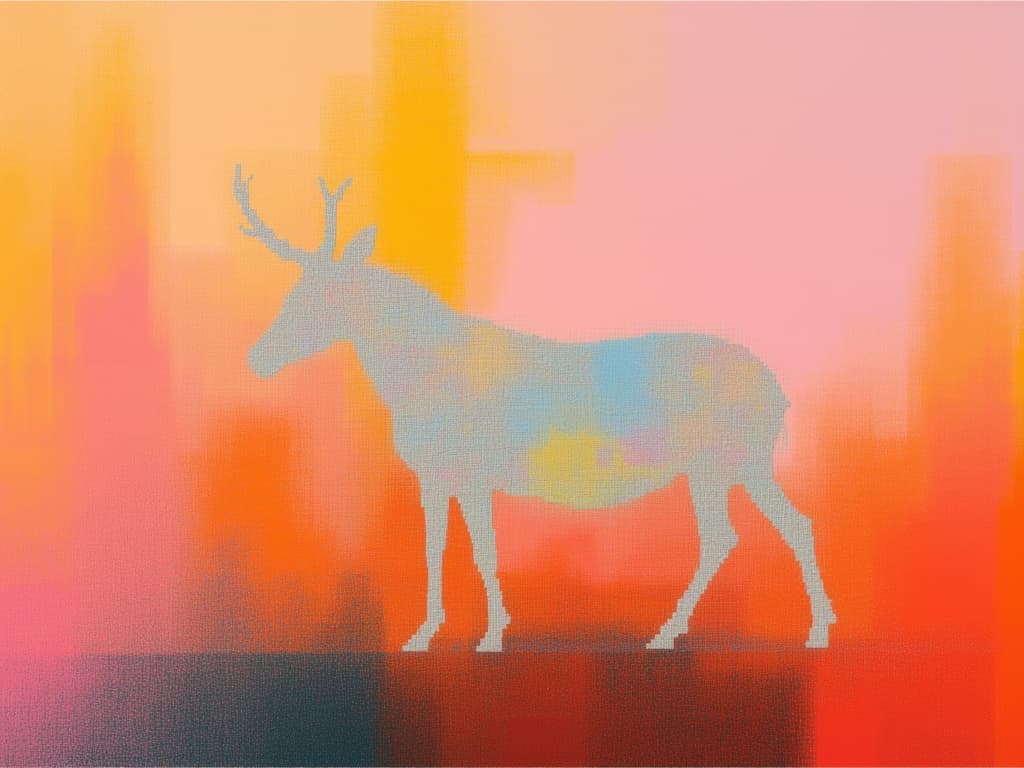
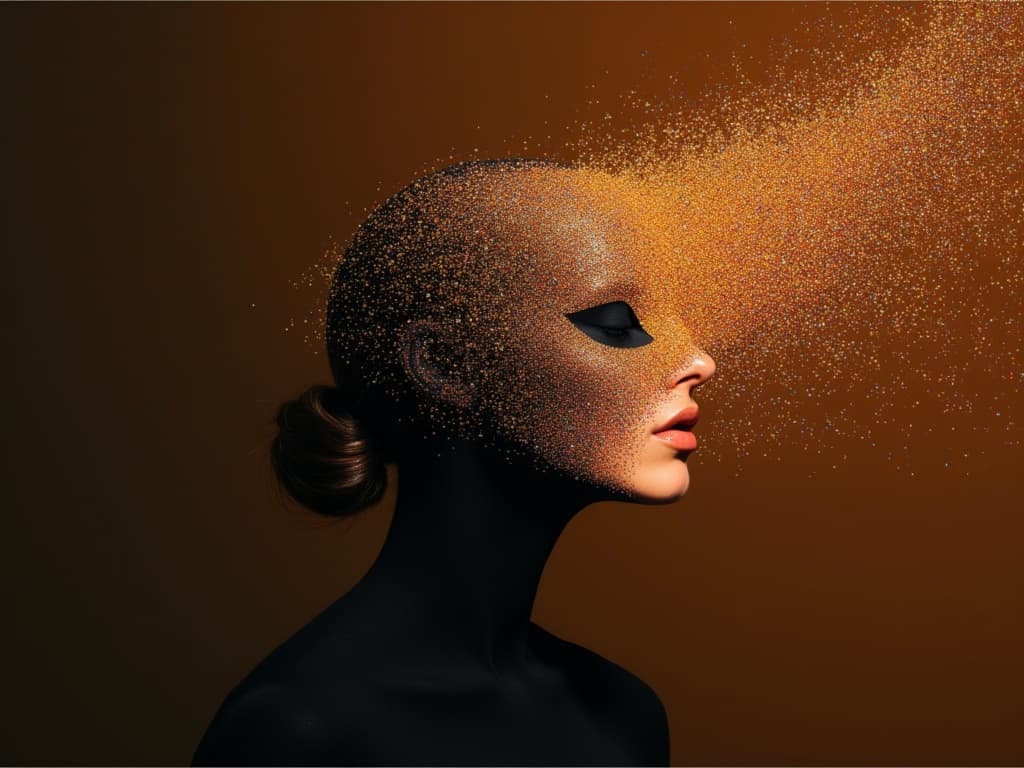
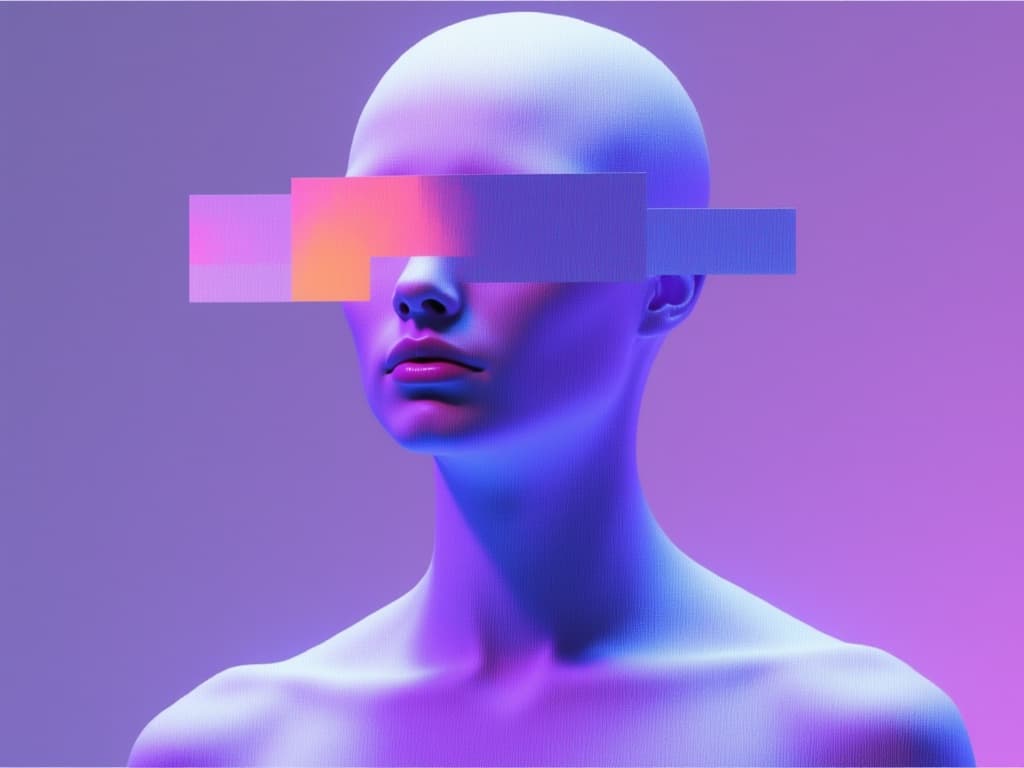













![FLUX.2 [max] delivers state-of-the-art image generation and advanced image editing with exceptional realism, precision, and consistency.](/_next/image?url=https%3A%2F%2Fv3b.fal.media%2Ffiles%2Fb%2F0a868a0f%2FzL7LNUIqnPPhZNy_PtHJq_330f66115240460788092cb9523b6aba.jpg&w=3840&q=75)
![FLUX.2 [max] delivers state-of-the-art image generation and advanced image editing with exceptional realism, precision, and consistency.](/_next/image?url=https%3A%2F%2Fv3b.fal.media%2Ffiles%2Fb%2F0a8689a8%2Fbbcmo6U5xg_RxDXijtxNA_55df705e1b1b4535a90bccd70887680e.jpg&w=3840&q=75)

